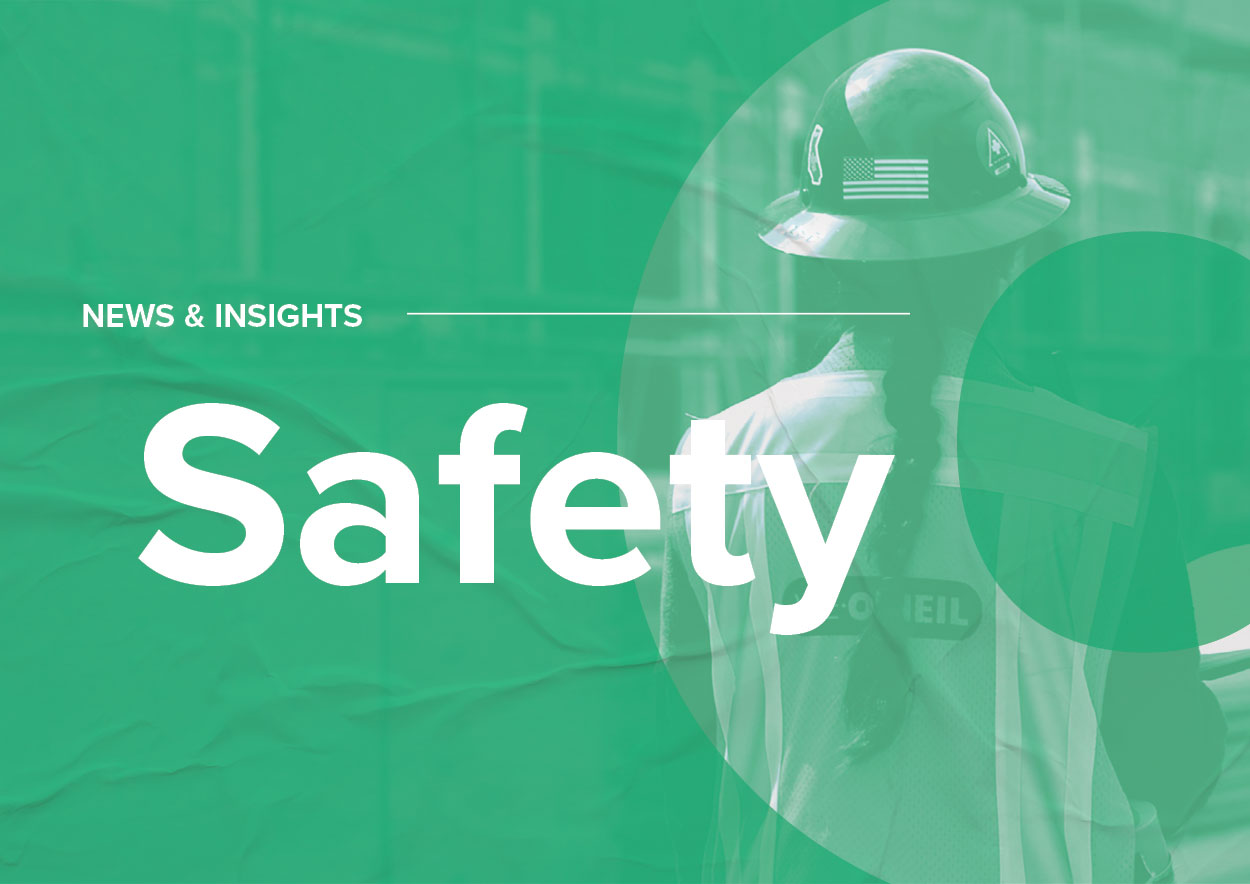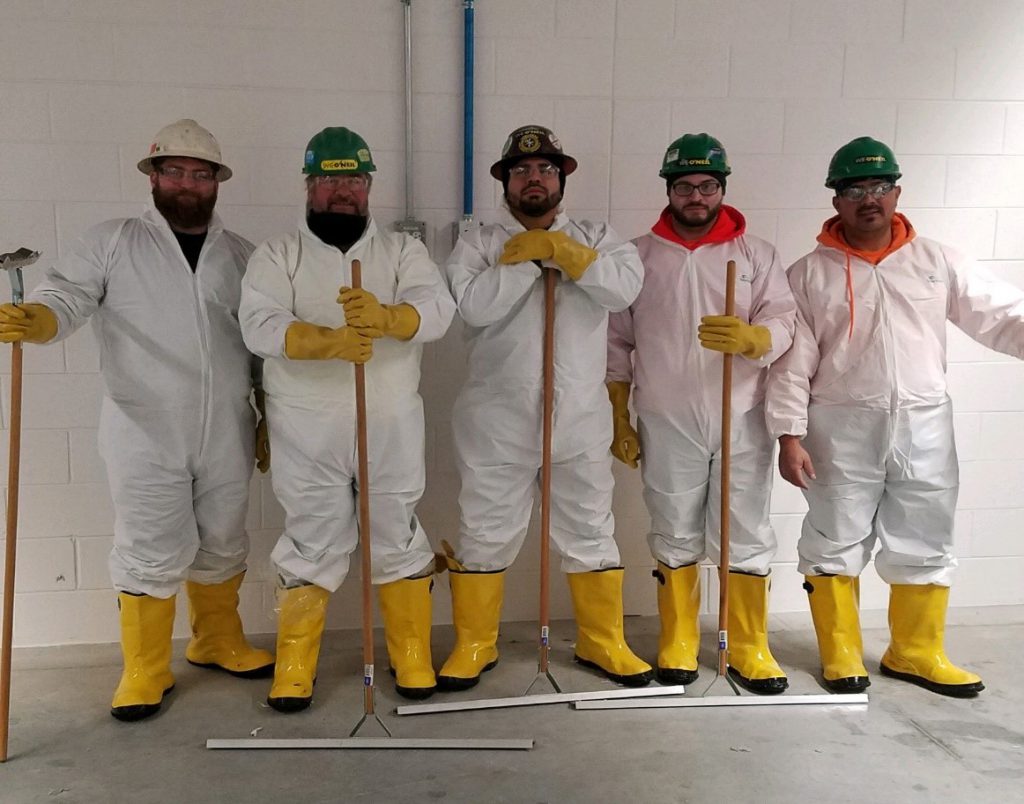Cold Weather Safety

With cold winter weather upon us, it’s critical to keep workers comfortable and safe on the job. In recent years, upward of 42,000 workplace injuries were caused by snow, sleet, or ice. Prolonged exposure to cold and freezing temperatures on the job can result in frostbite, hypothermia, and even death. Cold stress is when the body cannot maintain an average temperature. It occurs by driving down the skin temperature and eventually the internal body temperature. Much like when we talked about the importance of heat safety on the job, employers are responsible and required to protect workers from safety hazards, including cold temperatures and extreme weather.

Consider wind chill – Wind chill, or the wind chill factor, is the sensed decrease in air temperature felt by the body because of the flow of air. The National Weather Service calculates wind chill based on average adult measurements and wind speed. Knowing the wind chill temperature can help you gauge employees’ exposure risk wing the guidelines below.
Prevent and protect – In cold, wet, windy weather, safe work practices can make the difference between productivity and safety versus wasted time and delays.
- Have a reliable way to communicate with workers, especially those in remote areas, during storms and extreme weather to ensure all are accounted for in case of evacuation or schedule changes.
- Properly de-ice and inspect machinery and tools, as well as pathways and scaffolding. Falls are the number one cause of cold-weather injuries.
- Schedule jobs that expose workers to cold weather during the warmest part of the day.
- Limit time spent outdoors, and allow and encourage frequent breaks.
- Consider relief workers and shared tasks to limit exposure on demanding outdoor jobs.
- Provide warm areas for breaks, outdoor heaters, warm drinks, and extra gloves, hats, and layers.
- Ensure all workers are equipped with warm gear, including base layers, jackets, gloves, hats, and insulated footwear. Encourage employees to keep an extra change of clothes in case of wet clothing.
- Enact a buddy system, assigning at least two workers together in cold, remote locations.
- Prepare for schedule flexibility.


